Rooftop solar power system with integrated battery storage (BESS) at Nghi Son 2 Thermal Power Company Limited (Nghi Son Economic Zone).
Renewable energy - strategic priority in national power planning
According to the adjusted Power Plan VIII, the key objective is to ensure sufficient electricity for socio-economic development, with an average GDP growth rate of 10%/year in the 2026-2030 period and about 7.5%/year in the 2031-2050 period. The maximum capacity in 2030 will reach about 89,655 - 99,934MW and increase to 205,732 - 228,570MW in 2050. The plan also requires ensuring safe and reliable electricity supply, meeting the N-1 criteria for important load areas and N-2 for especially important load areas, including nuclear power sources. The goal by 2030 is for electricity supply reliability to be in the top 4 in ASEAN and the electricity access index to be in the top 3 in the region.
The highlight of the plan is to strongly promote renewable energy, gradually reducing dependence on fossil fuels. Vietnam will prioritize the development of wind power (onshore, nearshore, offshore), solar power (ground, water surface), biomass power..., in accordance with the absorption capacity of the system and the capacity to release power of the grid. By 2030, the total onshore and nearshore wind power capacity is expected to reach 26,066 - 38,029MW. Offshore wind power capacity serving domestic demand will reach 6,000 - 17,032MW and can increase to 113,000 - 139,000MW by 2050. Wind power alone serving the production of new energy such as hydrogen and green ammonia is expected to reach 15,000MW by 2035 and about 240,000MW by 2050.
With a solar power potential of about 963,000MW, by 2030 the total capacity of solar power sources will reach 46,459 - 73,416MW; the target for 2050 is nearly 295,000MW. Optimally exploiting this potential will play an important role in the energy transition and realizing the goal of net zero emissions by 2050.
New growth pole of "clean" energy
The adjusted Power Plan VIII adds some power sources to Thanh Hoa , especially renewable energy such as: 373MW of rooftop solar power in the 2025-2030 period and an increase of 68MW in the 2031-2035 period; 440MW of concentrated solar power in the 2025-2030 period and an increase of 164MW in the 2031-2035 period (MW); 364MW of onshore and nearshore wind power in the 2025-2030 period. The Nghi Son LNG Thermal Power Project with a capacity of 1,500MW; the Cong Thanh LNG Thermal Power Project with a capacity of 1,500MW are also included in the list and expected progress of important national power source projects and priority projects of the industry. In addition, dozens of transformer stations and 220 - 500kV transmission lines will be built and upgraded synchronously, ensuring the need for capacity release in the coming time.
The transmission infrastructure system in Thanh Hoa is continuing to be invested synchronously, meeting the demand for capacity release in the coming time.
According to statistics from the Department of Industry and Trade, the province currently has 619 rooftop solar power systems with a total capacity of more than 57MW, 1 solar power plant, 5 power generation systems utilizing residual heat with a capacity of 99.2MW. Solar power systems have helped reduce the load by 0.5 - 2.1% for 0.4 - 35kV lines, contributing to reducing pressure on 110kV stations. Many businesses in the area have pioneered in investing in green energy to proactively produce and meet emission reduction criteria.
carbon. Typically, Nghi Son 2 Thermal Power Company Limited (NS2PC) has just put into operation the first rooftop solar power system integrated with battery storage (BESS) in Thanh Hoa. The system has a capacity of 518kWp and a battery storage of 1,152kWh, helping to optimize electricity consumption, reduce dependence on the grid and CO2 emissions.
“The project is not only an investment in renewable energy but also demonstrates the company's strong commitment to sustainable development and carbon neutrality,” said Mr. Chung Kook Choi, Chairman and CEO of NS2PC.
In addition, many textile and seafood enterprises have also installed solar power to meet green export standards. The rooftop solar power model deployed in agricultural cooperatives, wood processing factories, logistics areas... is proving to be cost-effective and environmentally friendly.
However, the proportion of renewable energy in Thanh Hoa is still limited. Of the total power generation capacity of about 2,400 MW, clean power sources only account for about 1.3%, with only one solar power plant with a capacity of 30 MW. The whole province has about 600 rooftop solar power systems, with a total capacity of nearly 60 MW, but most of them have not integrated storage systems, causing waste of potential use.
Currently, Thanh Hoa province is focusing on selecting investors for key projects such as Nghi Son LNG Power Plant (1,500MW), Bac Phuong - Nghi Son wind power (100MW), Muong Lat wind power (200MW)... A representative of the Department of Industry and Trade said that they are advising the Provincial People's Committee to speed up planning updates, arrange clean land funds, remove procedures and connection infrastructure, and strongly mobilize high-quality resources in the renewable energy sector, with the expectation of soon making Thanh Hoa a "green" energy center of the Central region and the whole country.
Article and photos: Minh Hang
Source: https://baothanhhoa.vn/cu-hich-cho-nang-luong-tai-tao-253233.htm


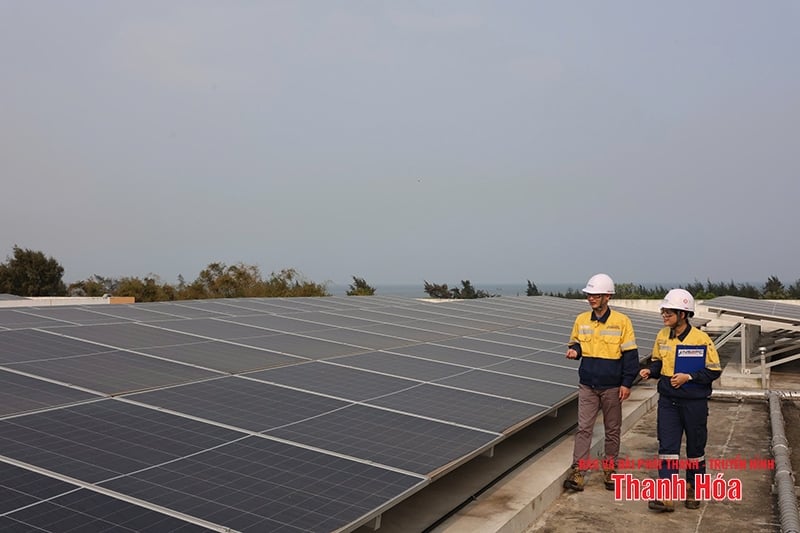
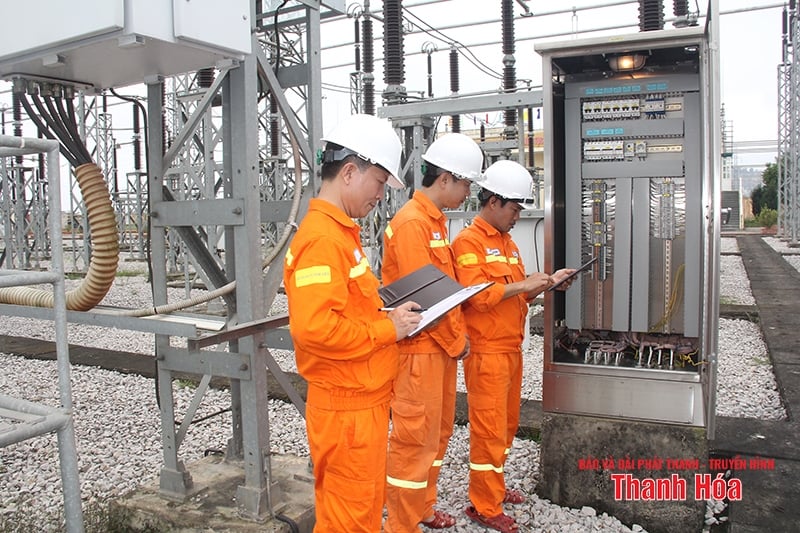



![[Photo] Cuban artists bring "party" of classic excerpts from world ballet to Vietnam](https://vphoto.vietnam.vn/thumb/1200x675/vietnam/resource/IMAGE/2025/6/26/797945d5d20b4693bc3f245e69b6142c)




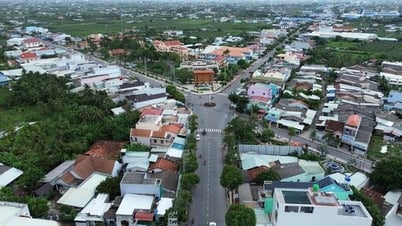

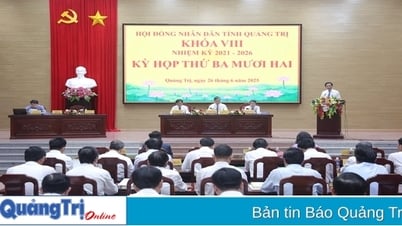

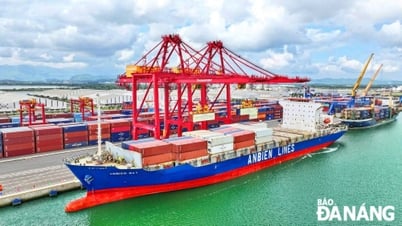

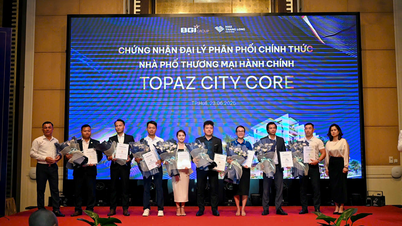









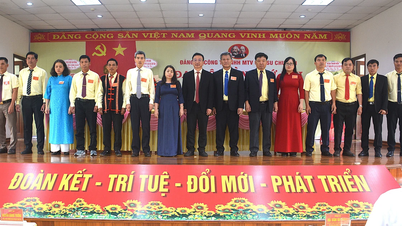











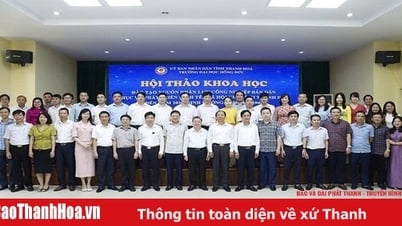



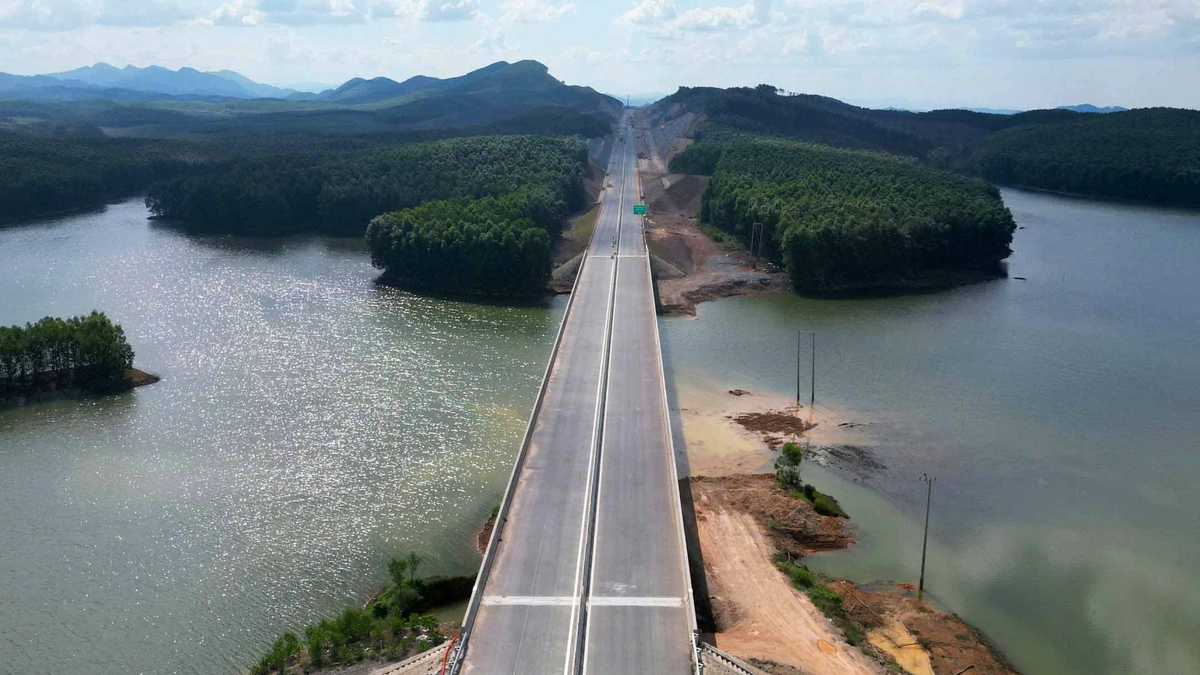
![[Photo] General Secretary To Lam receives Australian Ambassador to Vietnam Gillian Bird](https://vphoto.vietnam.vn/thumb/1200x675/vietnam/resource/IMAGE/2025/6/26/ce86495a92b4465181604bfb79f257de)












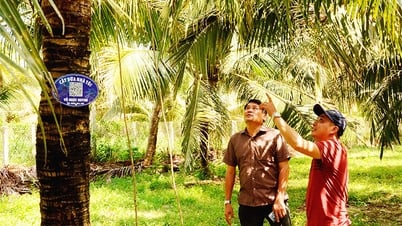







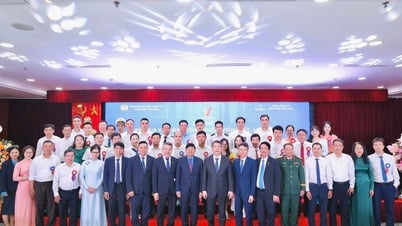









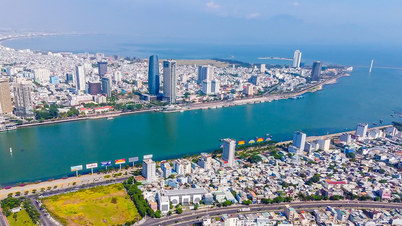




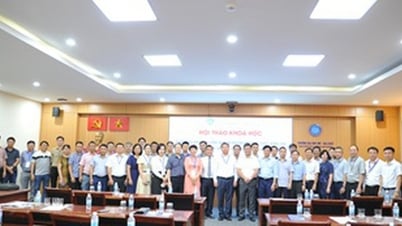








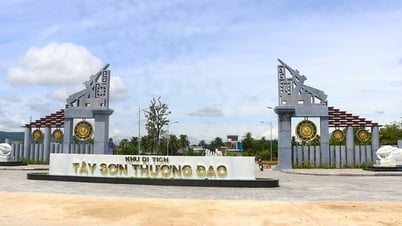






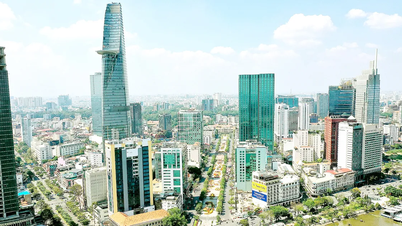


















Comment (0)